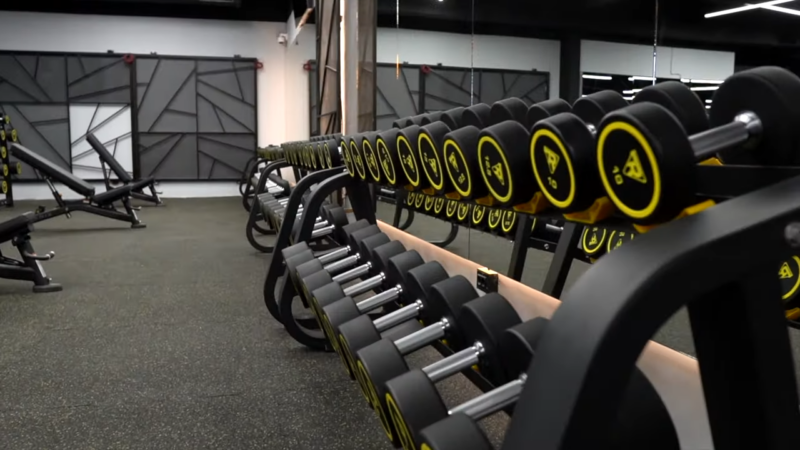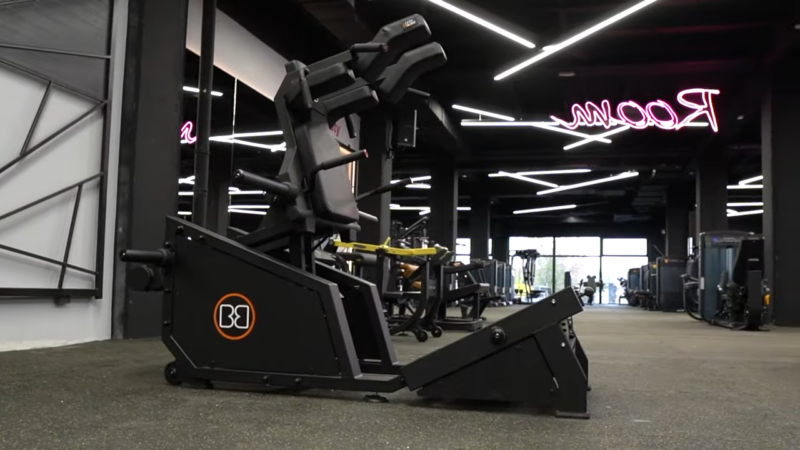
Share Post:
At some point, many gym owners hit a tipping point. The question pops into your head: Should I grow? If you’ve been wondering, let’s break it down together.
Growth isn’t just about adding more square footage or equipment; it’s about meeting demand, seizing opportunities, and ensuring your business can thrive in the long run.
Let’s look at the clear signs that expansion might be the next step for you.
Table of Contents
ToggleCrowded Spaces and Overflowing Classes

People join a gym to improve their lives, not to feel frustrated or rushed. If they can’t access equipment or find space in their favorite class, they might start looking for alternatives.
Red Flags You’re Out of Space
Full Classes: If your group fitness sessions are always booked to capacity, and you’re regularly turning members away, it’s a clear sign of unmet demand.
Equipment Wait Times: Long lines for popular machines or free weights can frustrate members and lead to complaints.
Declining Member Satisfaction: Have you noticed more negative feedback about the facility being too crowded? That’s a warning signal you can’t ignore.
Your Membership Growth Is Skyrocketing

But rapid growth can also bring challenges if your facilities and services can’t keep up. Sure, it feels great to see those sign-up numbers climbing, but what happens when the reality of accommodating all those members hits?
Peak-Hour Chaos
Do mornings, evenings, or weekends feel like a madhouse? That’s often a result of too many members trying to use limited resources, leading to frustration and tension among your clientele.
When people can’t get on a machine, find space to stretch, or join their favorite class, their workout experience takes a hit. Over time, this can impact their satisfaction, leading to complaints or worse, cancellations.
Overwhelmed Staff
If your trainers and front-desk team are struggling to keep up with the influx of members, it’s a sign your operations might need scaling. Overburdened employees are more likely to make mistakes, feel burnt out, or become disengaged, which can hurt the overall atmosphere of your gym.
When staff members are stretched too thin, it’s also harder to deliver the personalized, high-quality service that keeps members coming back.
Dwindling Retention Rates
High membership growth doesn’t mean much if people cancel because they’re unhappy with the experience. It’s easy to focus on new sign-ups and overlook the reasons why some members aren’t renewing.
Are they leaving because they feel the gym is too crowded or that the quality of service has dropped?
When retention rates dip, it’s often a symptom of deeper issues tied to overcapacity or underwhelming experiences.
You’re Saying “No” to New Opportunities
There’s nothing worse than turning away eager potential clients because you don’t have the room, staff, or resources to serve them. Maybe you’ve had to cap your membership, limit the number of personal training sessions, or cut back on specialized programs.
Every time you say “no,” you’re leaving money and relationships on the table. People might understand if you’re at capacity, but they’ll also look elsewhere if they can’t get what they need.
What to Watch For:
- Requests for memberships that you can’t accommodate.
- A growing waitlist for personal training or specialty classes.
- Missed opportunities to host events or collaborate with local businesses due to space or resource constraints.
Members Are Asking for More
Your members can be one of your best indicators that it’s time to grow. Pay attention to what they’re saying, not just in formal surveys, but in casual conversations and feedback.
- Are they asking for things you can’t currently provide, like new classes, updated equipment, or additional amenities?
Common Requests That Signal Growth Opportunities
Feature Category
Examples/Details
Specialized Spaces
Dedicated spin studios, CrossFit zones, recovery areas.
Additional Services
Personal training, nutrition coaching, wellness programs.
Convenience Features
Childcare, extended hours, on-site amenities like a juice bar.
Your Team Can’t Manage
Your staff can make or break your expansion efforts. A team that’s motivated, capable, and ready to take on new challenges can help make the transition smoother.
On the other hand, an understaffed or disorganized operation could struggle to adapt.
Signs Your Team Is Ready to Grow
Strong Leadership: Do you have managers or senior trainers who can step up and take on more responsibility?
Capacity for Training: Is your team prepared to help onboard and mentor new staff members as you scale up?
Team Morale: Are your employees enthusiastic about the possibility of growth, or do they seem overwhelmed as it is?
What Expansion Might Look Like
If you’re nodding along and feeling ready to grow, remember that expansion doesn’t always mean building a larger gym. Growth can take many forms, depending on your goals and resources.
Move to a bigger space that allows for more equipment, classes, or amenities, or open another branch in a different area to serve a new audience. Furthermore, you can find gym equipment movers to help you.
*The right path depends on your community’s needs and your long-term vision for your business.
Ready to Grow? Here’s What to Do Next
Expanding a gym is no small feat, but with the right strategy, it can be an incredibly rewarding move.
Here are some steps to get started:
- 1. Research Your Market: Before making any big decisions, take a deep look at your local market. Is there enough demand to justify a larger space or new location? Look at factors like population growth, competition, and community demographics.
- 2. Evaluate Your Finances: Expansion costs add up quickly. From leasing or buying property to purchasing new equipment, you’ll need a clear budget. Consider consulting a financial advisor to help map out your plan.
- 3. Get Feedback from Members and Staff: Who knows your gym better than the people who use it every day? Talk to your members and staff about what they’d like to see in an expanded space. Their input can guide your decisions and help you avoid unnecessary expenses.
- 4. Find the Right Location: If you’re opening a second gym, location is everything. Look for areas with high foot traffic, convenient parking, and a community that aligns with your brand values.
- 5. Invest in Marketing: Expanding means you’ll need to reach more people than ever before. Create a marketing plan to spread the word and attract new members. Social media, local events, and partnerships with nearby businesses can all be great tools.
The Bottom Line
Expanding your gym is a big decision, but it’s also an exciting opportunity to grow your community and make an even bigger impact. With the right planning, resources, and mindset, you can take your business to the next level—and beyond. So, if you’re seeing the signs, don’t be afraid to go for it. The payoff could be worth every step.
Related Posts:









